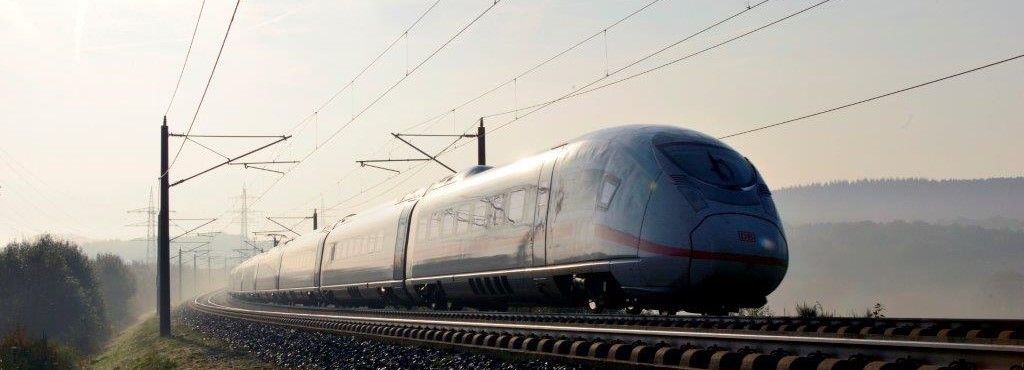4th Railway Package - Guide

Since 1991, the European railway sector has constantly been reformed by the European Union. The 4th Railway Package, which was adopted in 2016 is by far the largest and most complex legal initiative introduced so far. The 4th Railway Package consists of a political and a technical pillar which introduce substantial reforms for all stakeholders concerned.
The Guide below (drop-down menu) illustrates in four different chapters the reforms in the field of vehicle authorisation, safety certification and ERTMS trackside approval as well as the new role of the European Union Agency for Railways as ‘frequently asked questions’. Given the fact that the implementation of the 4th Railway Package is an ongoing process, the Guide will be updated on a regular basis, in line with the progress of the reforms being made on EU level.
Christian Rausch
Chairman of the Group of Representative Bodies (GRB)
- Details
- Written by Super User
- Category: The Interoperability Directive (EU) 2016/797
- Created: 14 February 2019
- Hits: 3417
Technical interoperability is at the core of virtually any reform of the EU railway sector. To create the single European railway area with smooth cross-border train operations, the EU decided to impose harmonisation of technical interfaces and subsystems in the form of technical specifications for Interoperability.
The first such Directive was adopted in 1996 with 1996/48/EC on the interoperability of the trans-European high-speed rail system. This was accompanied 5 years later by Directive 2001/16/EC on the interoperability of the trans-European conventional rail system, both of which were then amended 3 years later by 2004/50/EC. As new amendments were introduced, in 2008 it is deemed appropriate to recast the Directives for the sake of clarity and to merge their provisions together into a single instrument with a view to simplification. This resulted in Directive 2008/57/EC on the interoperability of the rail system within the Community. Further minor amendments to 2008/57/EC were made in 2009 by 2009/131/EC and 2011 by 2011/18/EU.
⇒ With each Directive, the EU extended the scope of interoperability and strengthened the interlinking and technical harmonisation of the national rail networks with the aim of establishing an area without internal frontiers and therefore improved access and competition.

